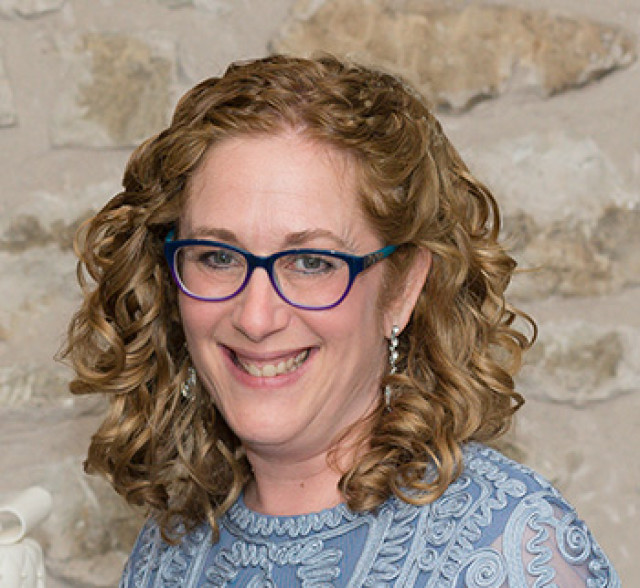The results of a year-long study commissioned to understand the challenges facing Toronto’s Jewish poor could leave service providers with “more questions than answers,” said Sandi Pelly, UJA Federation of Greater Toronto’s director of capacity building for the social services.
Following the release of the Jewish Federations of Canada – UIA’s 2011 National Household Survey, which highlighted that Canadian Jewish poverty rates are on the rise, a group of Jewish service providers commissioned York University sociologist Randal Schnoor and a team of researchers to conduct a study to better understand how to serve Torontonians in need.
The survey found that more than 24,000 Jews in the GTA, or 13 per cent of the Jewish population, are living under the poverty line.
“There was an increase of more than 5,000 people over a 10-year period,” Pelly said. “The numbers are going up, not down. We have over 5,000 seniors and over 3,500 kids under 15 that are poor, and there was also a big increase in the number of poor – because of the increase in the population – in York Region.”
READ: WORKING TO ALLEVIATE POVERTY IN THE JEWISH COMMUNITY
Schnoor and his team spent a year on what he called “one of the biggest studies I’ve ever conducted,” with 15 one-on-one interviews, 33 people in six separate focus groups, and 403 phone or online surveys.
He said some of the respondents were at or below the poverty line ($20,386 a year, after tax), while others were slightly above it.
“What we learned is that poverty cuts across the lifespan. It impacts our youngest and oldest community members and it doesn’t matter where they live geographically,” Pelly said.
The report highlighted “the vicious cycle of living in poverty and what that means for people… 32 per cent of people in the study are skipping a meal, 54 per cent are borrowing money to pay for their daily needs, 74 per cent of kids don’t have new clothes, and 58 per cent don’t have new shoes or boots that fit them.”
Both Pelly and Schnoor cited the common misconception that people in poverty are uneducated. “The study respondents revealed that education is not a determining factor of poverty. Nearly half have university undergraduate or graduate degrees and 38 per cent that had a university degree are looking for work,” Pelly said.
Schnoor said there are circumstances beyond people’s control that can determine whether they fall below the poverty line. “Certain life circumstances, which can really happen to anyone… can take your life in a different direction. It can be a physical disability, which came out really strong as a cause for poverty. It could be a mental health problem, which also came out strong, a dysfunctional family… these people can be highly educated and highly intelligent, but these kinds of life circumstances threw them a big curve,” he said.
What’s unique to the Jewish community is the barrier faced by those who can’t afford to take part in communal life because of the high cost of shul, day school and camp fees.
Schnoor said there’s a level of isolation experienced by poverty-stricken citizens that goes beyond Jewish community participation. “All your buddies are going for lunch, or to a movie, or to a bar… but because it involves buying a drink, having lunch, it really limits your social life and it is very isolating,” Schnoor said.
He added that many people aren’t aware of the depth of the problem. “The Jewish community does not understand the extent of the challenge and has an inaccurate notion that all Jews are comfortable. So first thing is that it’s important to raise awareness in the community,” he said.
READ: UJA FEDERATION LAYS OUT STRATEGIC PLAN FOR RENEWAL
Pelly said a number of Toronto-based Jewish agencies convened by UJA Federation, including Jewish Family & Child (JF&CS), JIAS Toronto, JVS Toronto, Bernard Betel Centre and Kehilla Residential Programme, are part of the Collective Impact Steering Committee that is working to break the cycle of poverty.
The group aims to do more than come up “with a program or two… Even though we know this is an urgent problem, the methodology doesn’t imply that we can do something quickly. It really is a long-term, game-changing, three- to five-year minimum to start to see a needle change,” Pelly said.
“We’re starting with an initiative to provide impoverished seniors and Holocaust survivors with care and support so their basic needs are met and they can live their final years in dignity… We need to do something now and we don’t have time to waste.”
